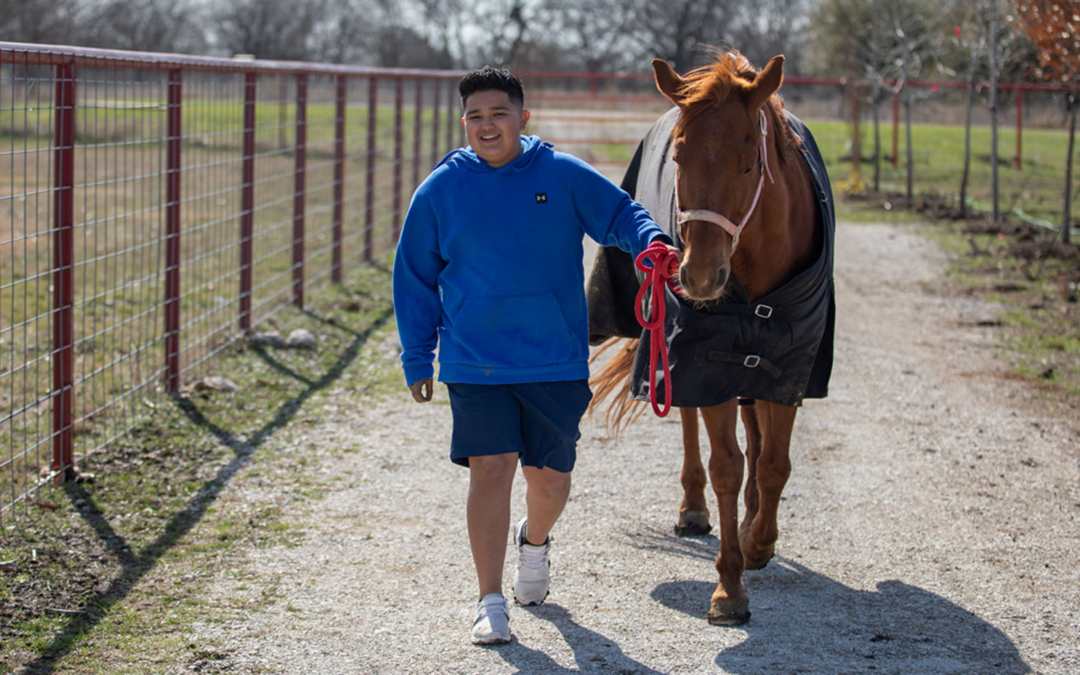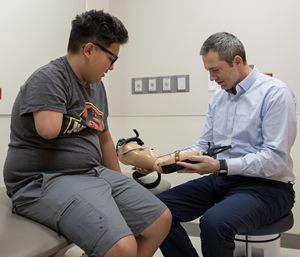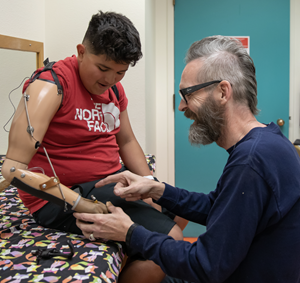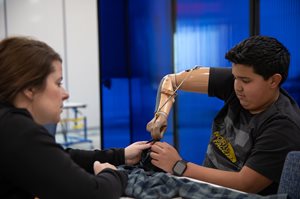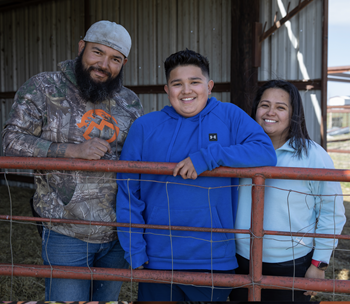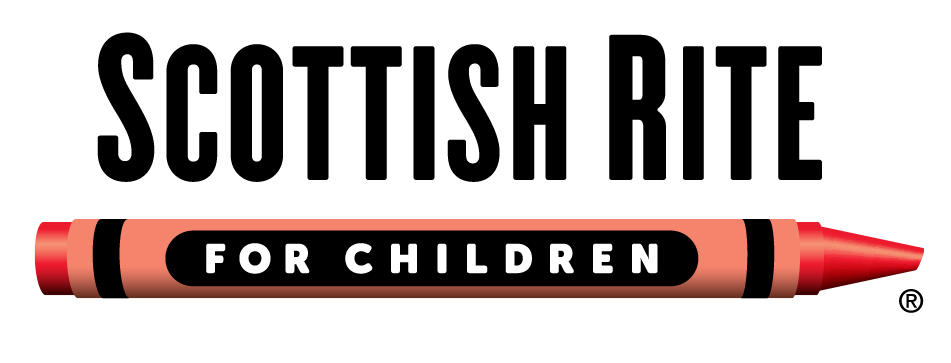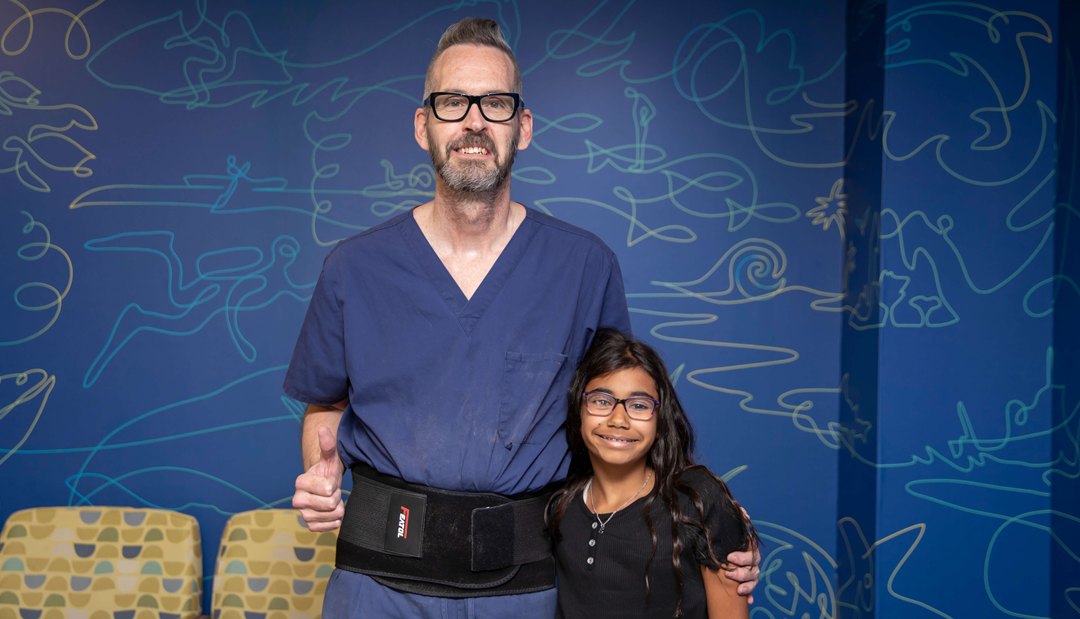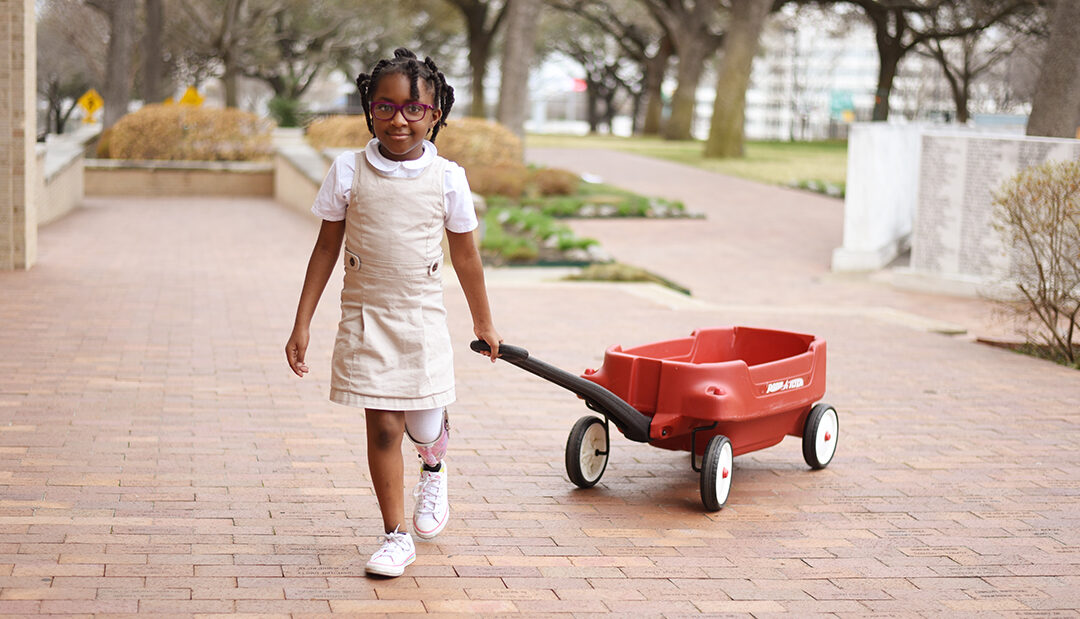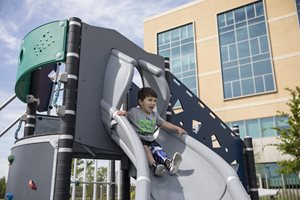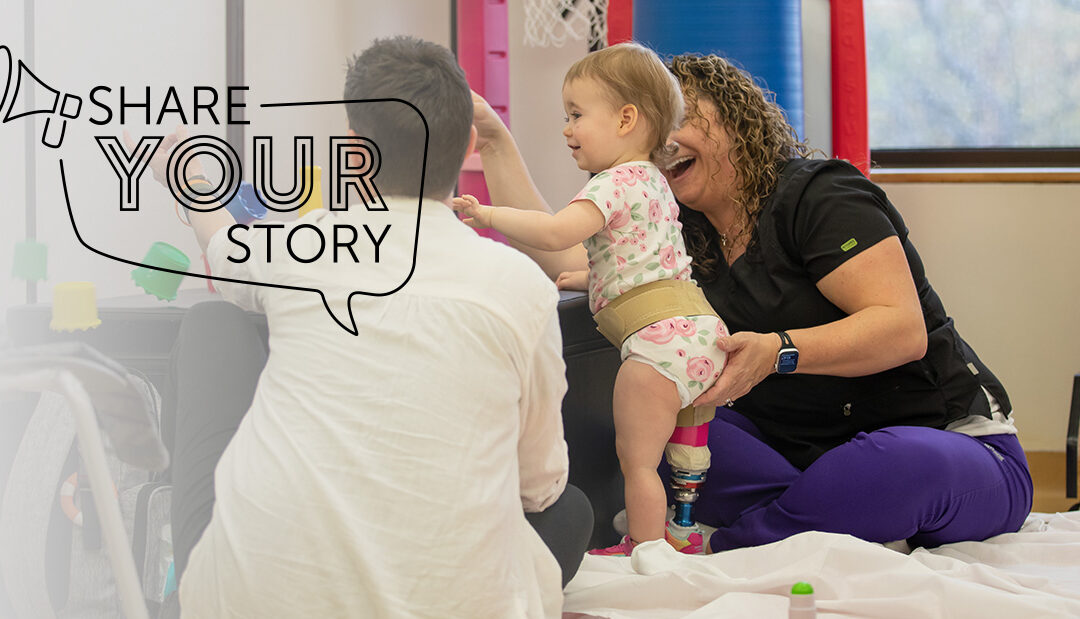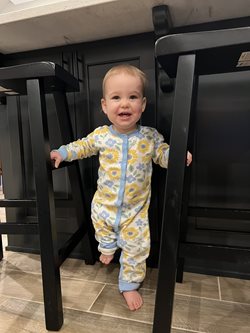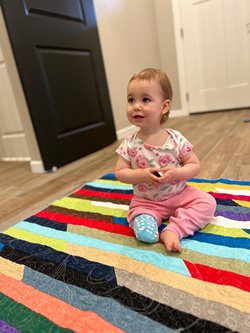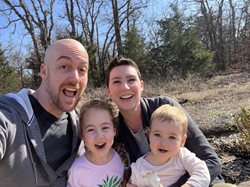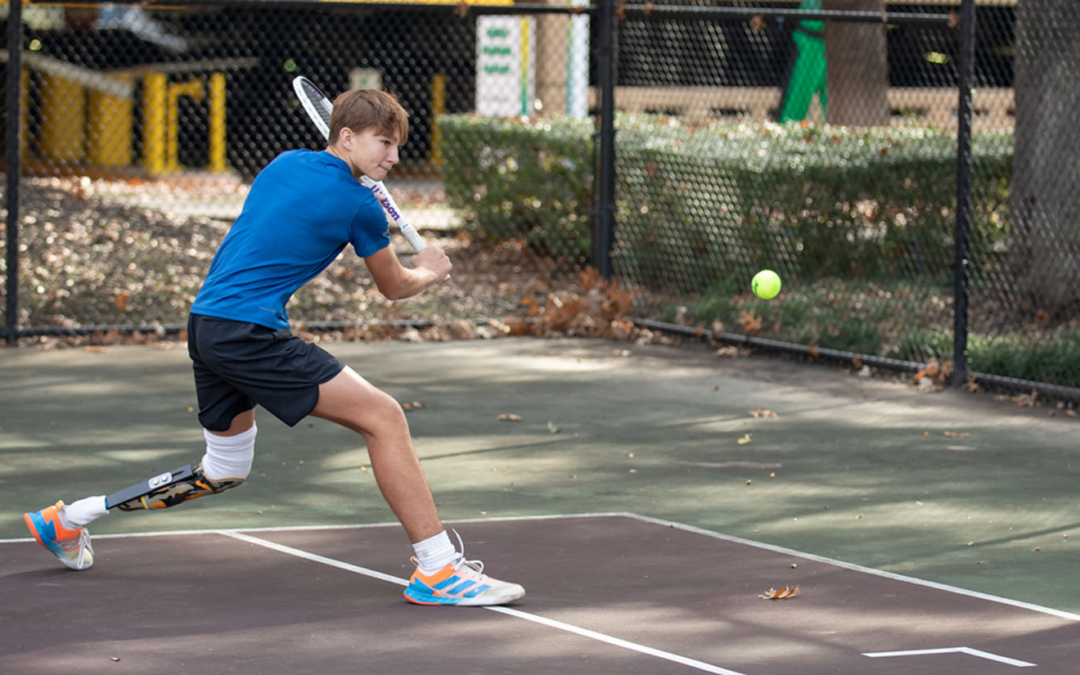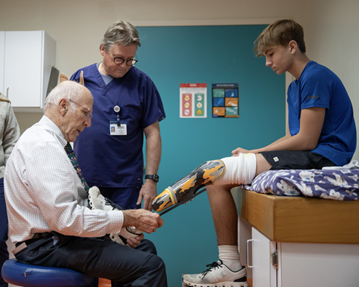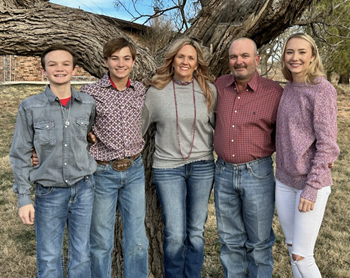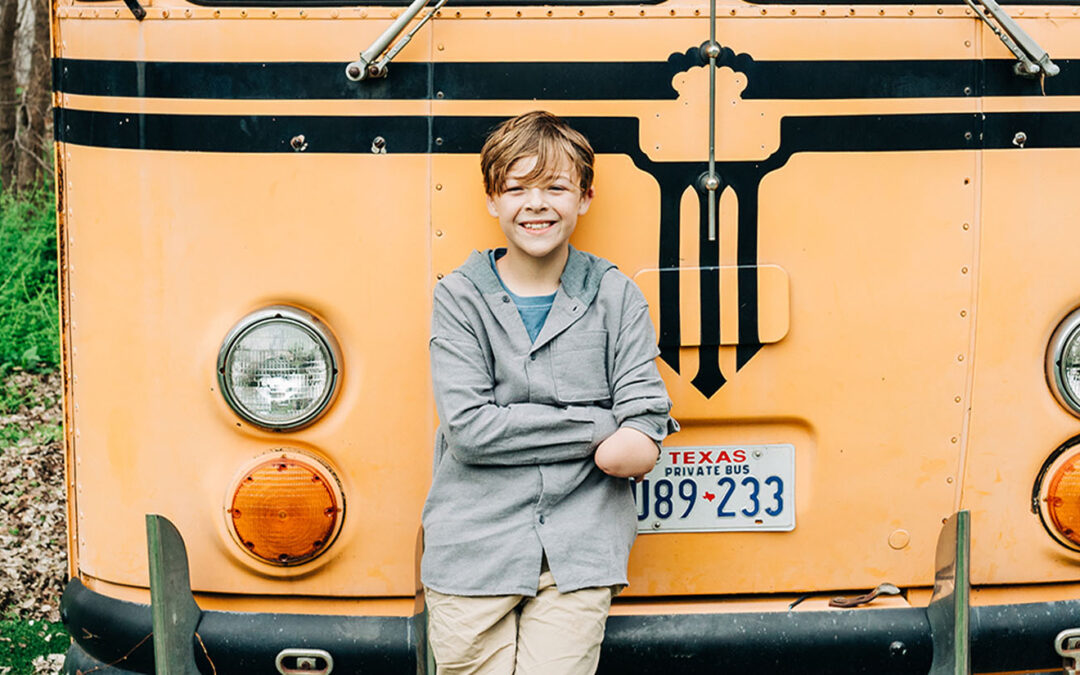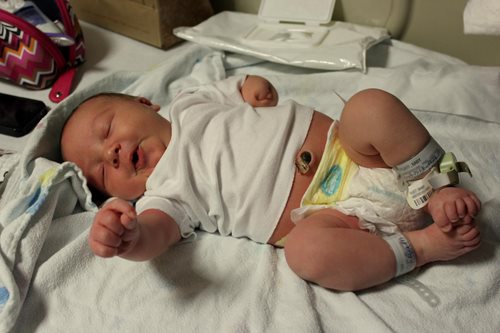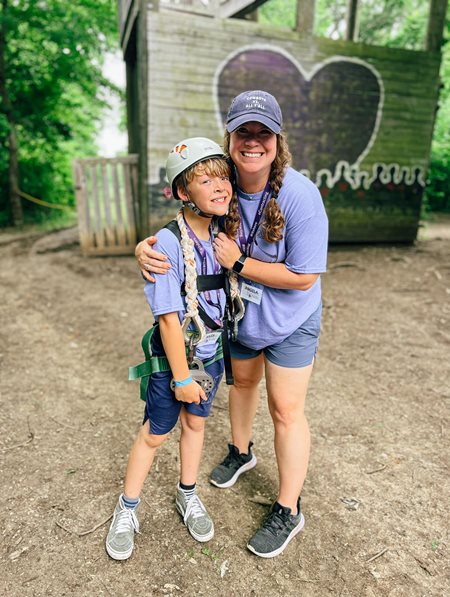People talk a lot about “what to expect when you’re expecting,” but not a lot about “what to expect when you hear the unexpected.” Those first few days were such a blur between extreme love and excitement for our beautiful baby boy, mixed with fear about sending our son out into a broken and sometimes harsh world. The initial diagnosis left me feeling immense guilt. As though my body, which was supposed to protect our baby during development, had permanently harmed him. Oh, I wish I could tell that emotional new mom what was in store for her in the months and years to come. If you are new to your parenthood journey, buckle up, it is a wild and beautiful ride!
When Miles was just a few months old, we went to Scottish Rite for Children for his first appointment and diagnosis. He was diagnosed with symbrachydactyly. This diagnosis meant a few things:
1. There was no one to blame. Sometimes it just happens, and doctors don’t really know why.
2. Hearing his diagnosis assured our hearts that he was “fearfully and wonderfully made,” and Miles’s arm is not a weakness, it is proof of how strong he is, that even as a tiny embryo, he kept on fighting to keep growing.
I knew that it was our job as parents to remind him of those things. He is not broken or incomplete in our eyes. The staff at Scottish Rite was so generous with their time and gave us so many book recommendations and encouragement. I remember leaving Scottish Rite feeling as if I had received a big breath of fresh air. We were now part of a community that I never knew existed before, and I was so thankful for it. Getting to attend things like Hand Camp in 2022 was such a beautiful thing because, for one of the first times in his life, he walked into a room and wasn’t seen as different. He was able to connect to those kids in a way I never will be able to, and I am forever grateful for that community.
One of the earliest things we noticed about Miles is that he is an extrovert.
I could give countless examples of how he would try to befriend every single person on the playground or anywhere he found himself. For an entire year in preschool, he was determined to invite the classroom “tough kid” to play with him. It took Miles an entire year of trying, but the next year when that little boy found out Miles was in his new class, too, he told his mom that Miles was the first kid he wanted to invite to his birthday party. You see, Miles started to teach us something from the beginning. He didn’t understand the concept of “I can’t.” He didn’t give himself excuses, and neither did we. He just worked hard and would find a way to do it his way, even if it was unconventional or looked different. Instead of seeing a world full of strangers, he sees future friends. He continues to teach us how we all should love others.
As a parent, I worried about Miles starting school. It is an emotional day for many parents, but I remember how nervous I was to share my boy with the world. Don’t get me wrong, Miles always loved preschool, sports and group activities, but for some reason, this step seemed so big and scary to me. However, I quickly realized that I may be nervous to share Miles with the world, but maybe Miles is just what the world needs more of. I got confirmation of this after Miles had been in school for a few weeks and I asked if he was getting a lot of questions about his arm, and this was his response: “This boy on the playground said we couldn’t play because of my arm. So, I told him, ‘You can’t help how you are born, but you can help if you are kind.’” One of our family mottos is, “Be silly. Be honest. Be kind.” His response made me tear up with pride because at that moment he was living that out.
There was only one time that Miles ever asked for help with something due to his lucky fin. My husband has a 3D printer and Miles had just received his “big kid bike.” He was having a tough time balancing with the training wheels, so he asked my husband to print him an arm to help him adjust. He did. When Miles’ school found out about it, they asked my husband to come and speak to all the kindergarten class about how he was able to identify a problem and fix it. When my husband addressed this room full of 125+ kindergarteners, he started off by saying, “What is something that you notice about Miles?” He was using this as a segue to talk about his arm. But in a room full of kids, they mentioned: “He is funny!”, “He teaches us things sometimes!”, “He plays with us on the playground.”, etc. Not a single kid mentioned his arm. I’m not naive enough to think that will always be the case, but in those sweet kids, I saw Miles was teaching them how not to fear difference but embrace it. We ended up taking off his training wheels, and without the arm, he took off riding on this first try!
